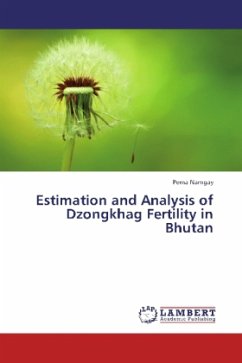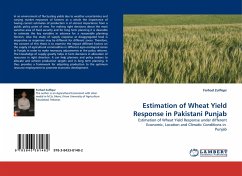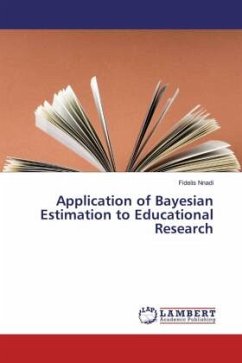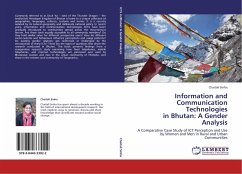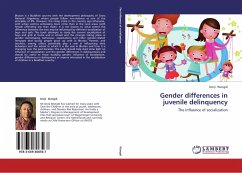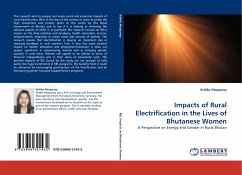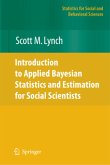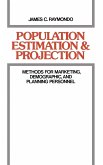This study estimated the total fertility rate (TFR) of Bhutan and its twenty dzongkhags, districts in Bhutan, using the direct and indirect methods. The direct method is the TFR estimated from births in the last 12 months, on the other hand, the indirect method is the TFR estimated based on data about all children ever born (CEB) using Coale and Trusell version of the Brass method (P/F ratio) to arrive at the most reasonable ratio to adjust current fertility using the first Population and Housing Census in Bhutan (PHCB) conducted in 2005. The study further analyzed fertility of the dzongkhags across urban-rural residence, education and the employment status of the women. To study the differential a comparison of the aforementioned estimations in addition to the mean CEB of women across the mentioned variable was made. The mean CEB of women 40-49 years old will give an approximation of the completed fertility for that particular cohort of women.

